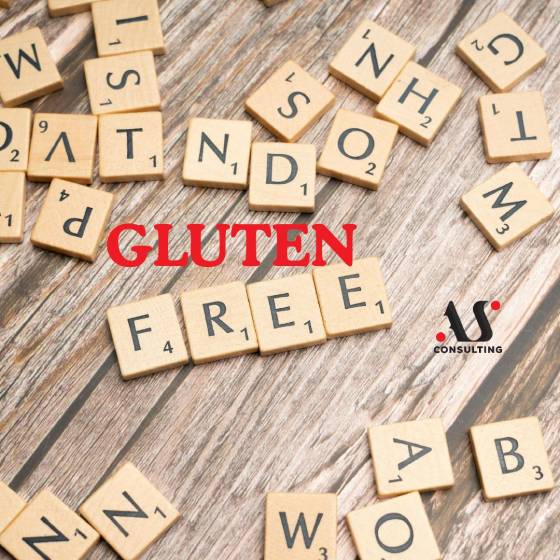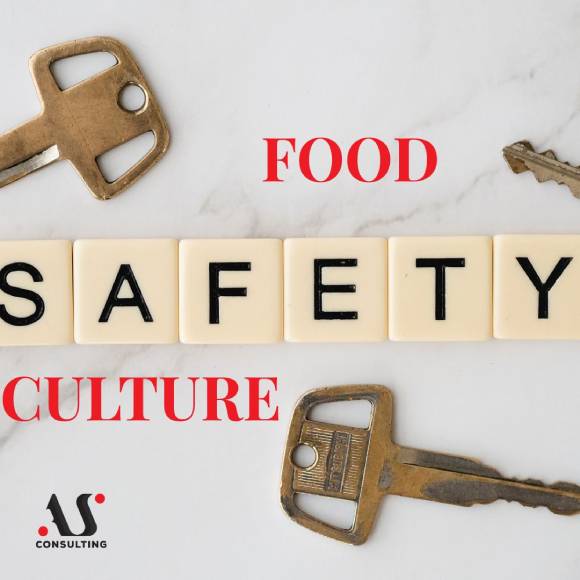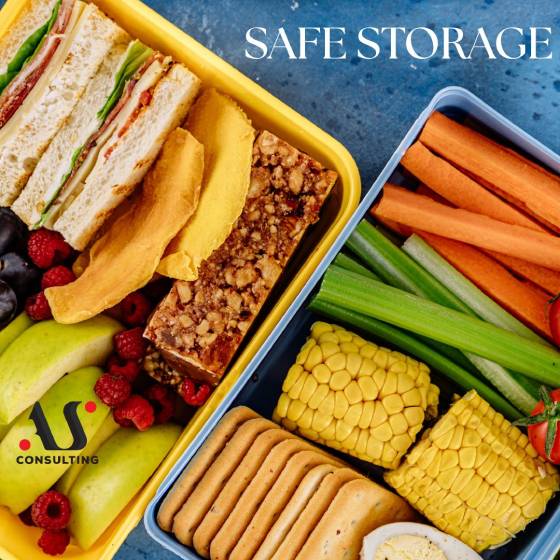
FOOD SAFETY CULTURE: WHY IT MATTERS
October 8, 2025“Gluten free” or “without gluten” refers to food that does not contain gluten – a protein found in wheat, barley, and rye, and is safe for people with celiac disease or gluten intolerance.
Common sources of gluten include: bran, bleached or unbleached flour, bulgur, seitan, kamut, semolina, couscous, durum, barley malt, malt vinegar, croutons, bread crumbs, syrup, soy sauce, etc.
In order for food to bear the “gluten free” or “without gluten” label, there are legal obligations for manufacturers depending on the country where the companies are located.
However, most global regulations related to gluten accept a maximum content of 20 ppm (mg/kg). You can find more about the basic concepts in our article from 20.12.2022:
“Gluten free” and legal requirements
Legal requirements for “gluten free” vary depending on the location of the production facility.
The criteria that companies must meet in order for a product to bear the “gluten free” label also differ.
- USA – In addition to the requirement for a maximum gluten content of 20 ppm (mg/kg), the FDA allows the “gluten free” label if the product does not contain wheat, rye, barley, or their crossbreeds; contains an ingredient derived from these grains that has been processed to remove gluten.
- Canada – The regulation prohibits labeling, packaging, advertising, and selling food in a way that would create the impression that it is a “gluten free” product if it contains any fraction of gluten protein from wheat, oats, rye, barley, or their hybridized strains.
- United Kingdom – The regulation accepts a maximum content of 20 ppm (mg/kg) in the product.
- EU – The regulation accepts a maximum content of 20 ppm (mg/kg) in the product.
- Australia and New Zealand – For a product to be labeled as “gluten free,” it must not contain detectable gluten, oats or oat products, grains containing gluten that have been malted, or products made from such grains.
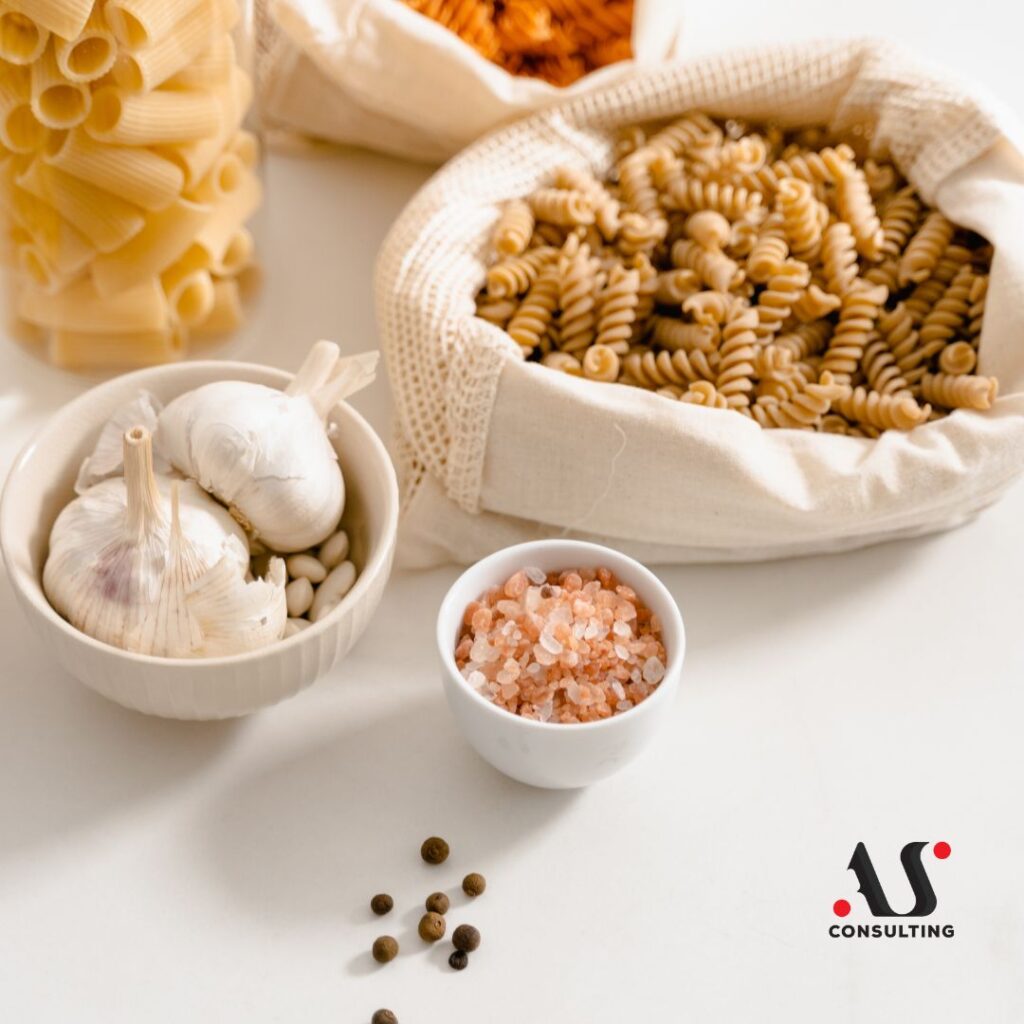
Is oats “gluten free”?
Oats naturally do not contain gluten. Gluten is found in wheat, barley, and rye — but not in pure oats.
Instead of gluten, oats contain a similar protein called avenin, which most people with celiac disease can tolerate.
Oats can be gluten free, but not always — it depends on how they are grown, processed, and packaged.
In practice, most commercial oats are contaminated with gluten because:
• they are grown near wheat, barley, or rye,
• the same equipment is used for harvesting, transport, and processing,
• in mills, they are often mixed with gluten-containing grains.
Therefore, “regular” oats (without special labeling) are not safe for people who avoid gluten.
When are oats gluten free?
Oats can be labeled as “gluten free” only if:
• they are grown, processed, and packaged under special conditions preventing contamination,
• they are tested and contain less than 20 mg of gluten per kilogram.
How to check if oats are truly gluten free?
• Check the label: Look for the Crossed Grain symbol or the GFCP logo.
• Read the ingredients: It must state “gluten free” or “gluten-free oats.”
• Check the manufacturer: Reputable brands often state that oats are grown and processed in dedicated gluten-free facilities.
• Avoid bulk products (e.g., oats sold in bulk or from sacks) — they are often contaminated.
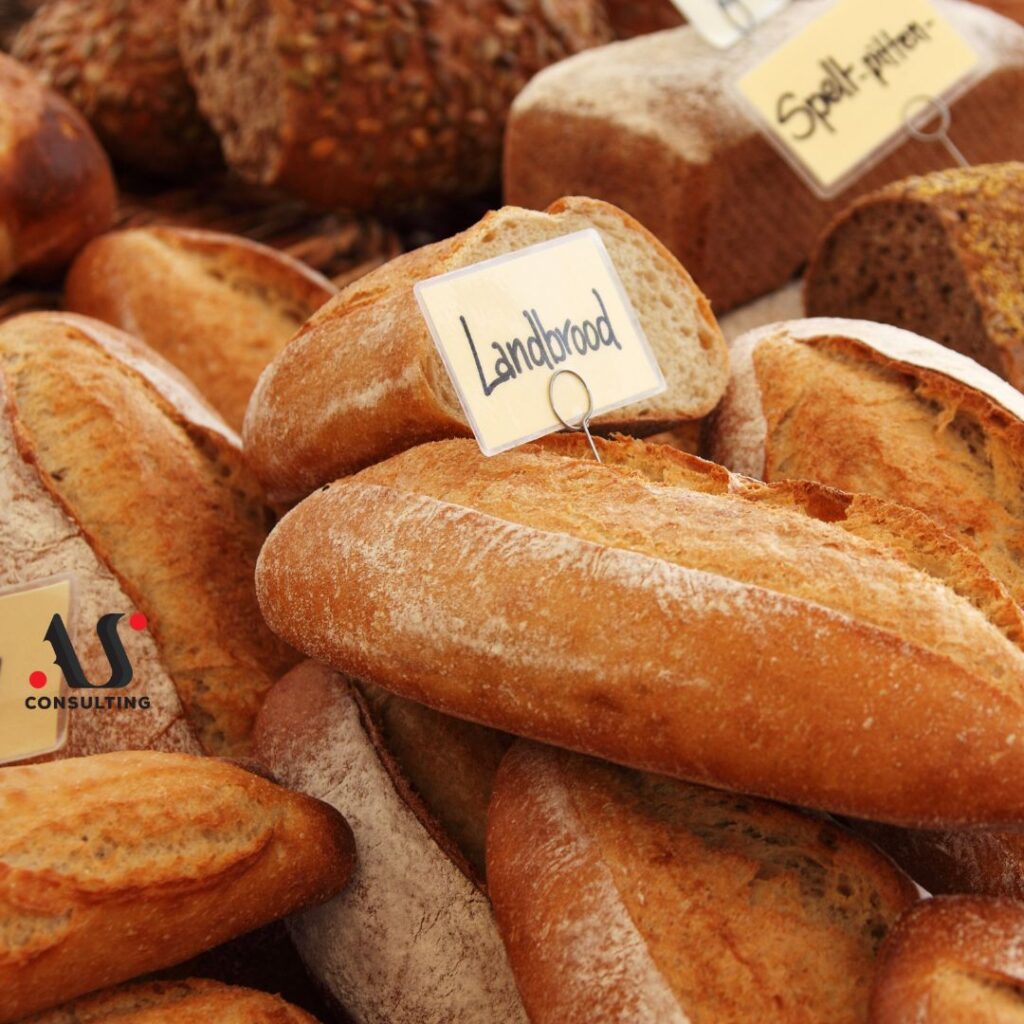
How is gluten free oats produced?
For oats to be considered gluten free, they must come from a controlled production chain where contamination with gluten is prevented at every stage.
This includes:
• the use of certified seed and fields free from other gluten-containing grains,
• separate harvesting, transport, and processing (without mixing with other grains),
• gluten analysis in the finished product (using the ELISA method).
According to EU Regulation (EU) No. 828/2014, the label “gluten free” may be used if the product contains less than 20 mg of gluten per kilogram (20 ppm).
Finally:
Gluten free oats = oats that are not genetically modified to be gluten free (they naturally are),
but are produced and processed under strictly controlled conditions without gluten contamination,
and are laboratory verified to contain less than 20 ppm of gluten.

